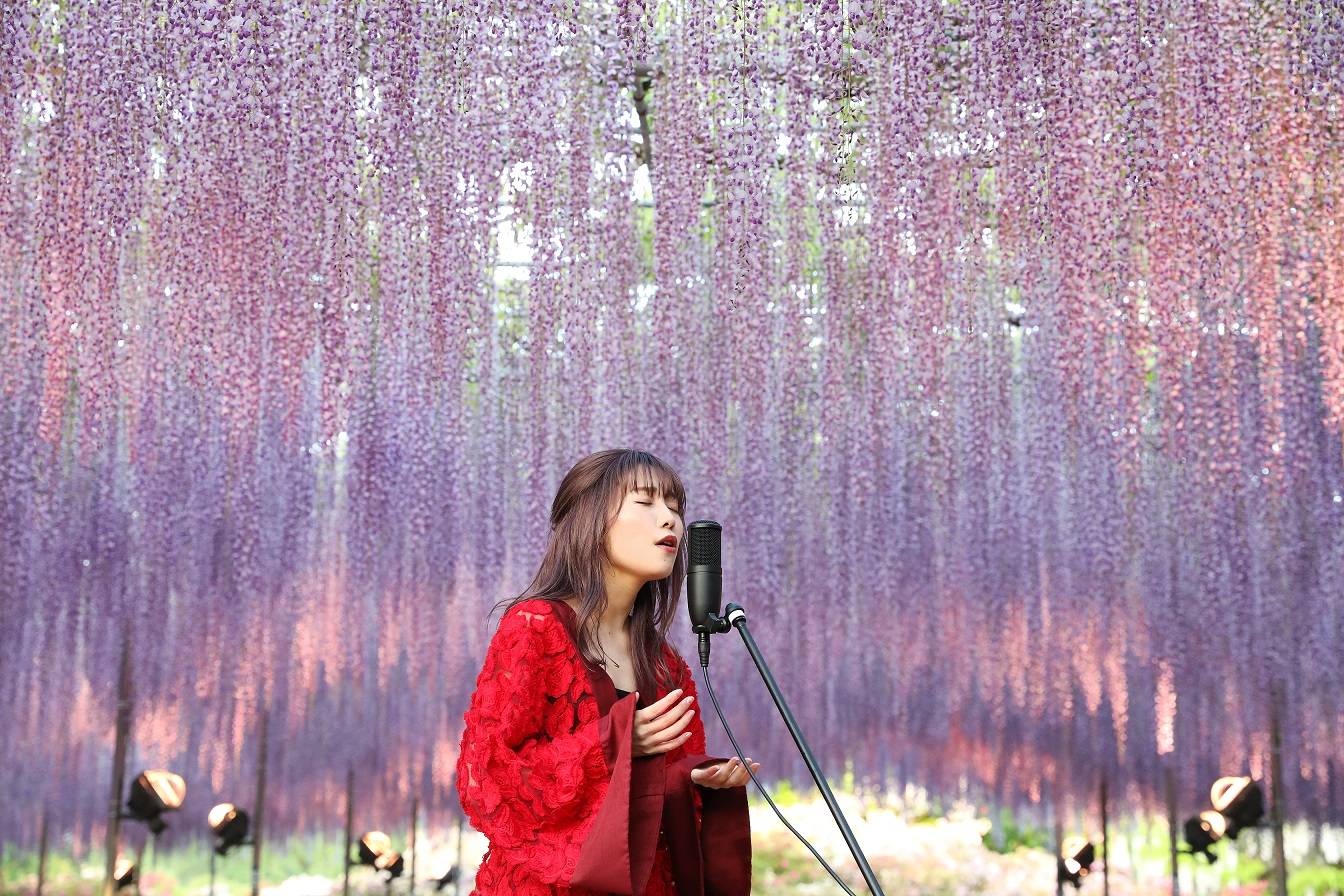Twenty-four-year-old performer Hikari always wanted to be a singer, but never knew how to go about sharing her voice with the world. She had opportunities to become an idol-pop artist through her job working at a maid cafe in Akihabara, but she decided to avoid this conventional route into entertainment due to her lack of dancing skills.
Instead, Hikari, who asks to only be identified by her first name for privacy reasons, chose a digital path that’s becoming more common. YouTubers and other artists covering Japanese songs — whether they be fan projects such as Korean duo Darlim & Hamabal, organized efforts from labels such as Tokimeki Records, or hybrids like Indonesian singer Rainych Ran — are spreading Japanese music farther than ever before, both thanks to the type of music that grabs the spotlight and how the songs are distributed.
The engine is anime. This corner of Japanese pop culture has been seeing record growth in recent years. As a result, anime’s popularity is helping raise the fortunes of other cultural corners, like the music industry.
















With your current subscription plan you can comment on stories. However, before writing your first comment, please create a display name in the Profile section of your subscriber account page.